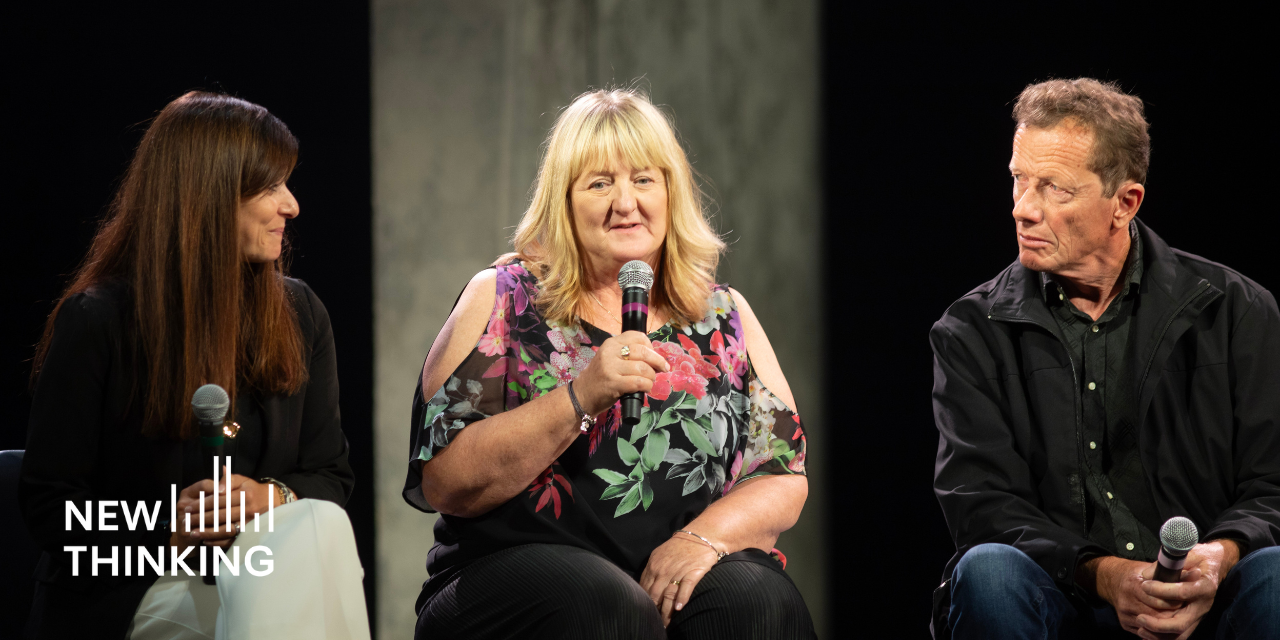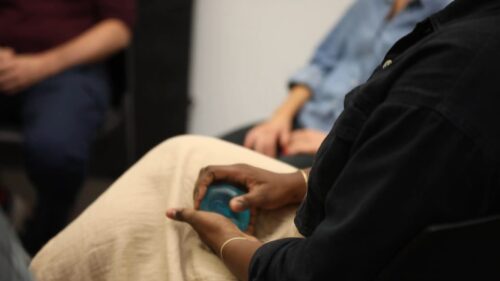Roxann Pais was appointed to be Dallas’s chief community prosecutor in 2001. In September 2005, Carolyn Turgeon from the Center for Court Innovation talked with Pais about the city’s first community court, which opened in October of 2004.
Can you tell me about Dallas’s first community court?
It’s in South Dallas/Fair Park, one of the nine neighborhoods focused on by our community prosecution program. There has been a lot of community buy-in. It’s a passionate neighborhood whose residents strive to make a difference. It is one of the first two original community prosecution target areas, so they’ve had a community prosecutor out there for four years now. And they have a community center—the Martin Luther King Jr. Community Center—with 25 different social service providers, a medical clinic, a library, a day care center, and a senior citizens’ center. It is a huge complex where services already existed for the community. The only thing missing was the justice system. Now whereas Red Hook [Community Justice Center in Brooklyn, New York], for example, had to renovate a building to house the court and on-site services, here the community center already existed and the justice system was the last component to fit in. There was an area in the community center that was being used as a storage facility that we revamped and turned into a courtroom.
How has the judiciary responded?
They love the courtroom; they all want one and are on board with the strategy. We got them in on the development of it early, with the idea that all future community courts will be built only in our community prosecution target areas. So we’ve taken a three-part building-block approach that seems to make sense. Community policing was step one, before we ever became involved. Then community prosecution was step two, and now our community courts are step three. It would not surprise me if our community courts grow just as quickly as our community prosecution program did.
What is the relationship in the South Dallas/Fair Park neighborhood between the community court and the community prosecutor?
Our community court only operates one day a week. We’ve started small. And our community prosecutor is the prosecutor in the community court. So that’s the relationship. Another aspect of the relationship is that our citizen ACTION (All Coming Together In Our Neighborhood) team for that neighborhood recommends to the court what kind of community service projects should be implemented. Let me explain. Each one of the neighborhoods we focus on has a government ACTION team and a citizen ACTION team. The government ACTION team consists of city workers—street, fire, police, probation, parole, crisis intervention teams, all the people who are assigned to work in that neighborhood. The citizen ACTION team is composed of community leaders and members of community groups. Both teams come together once a month to strategize about a particular problem property or problem issue. Team members share neighborhood intelligence with each other and develop strategies by which they can work together to solve problems. It is phenomenal. It is why community prosecution grew as quickly as it did.
So, we already have the infrastructure for the court through the community prosecution program, and the citizen ACTION groups tell us what projects they want to see performed.
Because you already had the infrastructure set up, was it relatively painless to bring in the court?
Actually it was. August 6, 2003, I was told that the mayor and the city council were ready to build a community court. By December 6, 2003, we had the funding, and then we opened in October 2004 with just as many on-site resources as Red Hook. The main reason for this is that we were able to do it in reverse, as I mentioned earlier. Where Red Hook started with the court and brought in all the services, we plugged the court into an existing community center already filled with on-site social service agencies. This made everything much easier. I would encourage anyone looking to start a community court to look for a similar set-up.
How is the court being funded and staffed?
Community Development Block Grant funds. It has a $300,000 budget. We hired a community court manager, community service coordinator, social service coordinator, and a court clerk, who are all full time and work with defendants throughout the week, though the court only operates one day. Our community service coordinator sets up the community service projects, interacts with the community to figure out what projects should be performed, and of course assesses the defendants’ mental and physical capability, and assigns them to the appropriate community service project. The social service coordinator coordinates all the social services that are in the neighborhood particularly at the community center, evaluates defendants, and then develops treatment plans. And they case manage those clients or refer them out to one of the four social workers we have in the community center. The social service coordinator also provides information and referrals to those who are not case managed.
And then we also have a work crew supervisor, and that’s the person who’s out in the field supervising the defendants as they perform the community service projects. We have a judge and a bailiff and a court clerk and a security officer. The remaining employees are one day a week employees for that court.
September 2005

